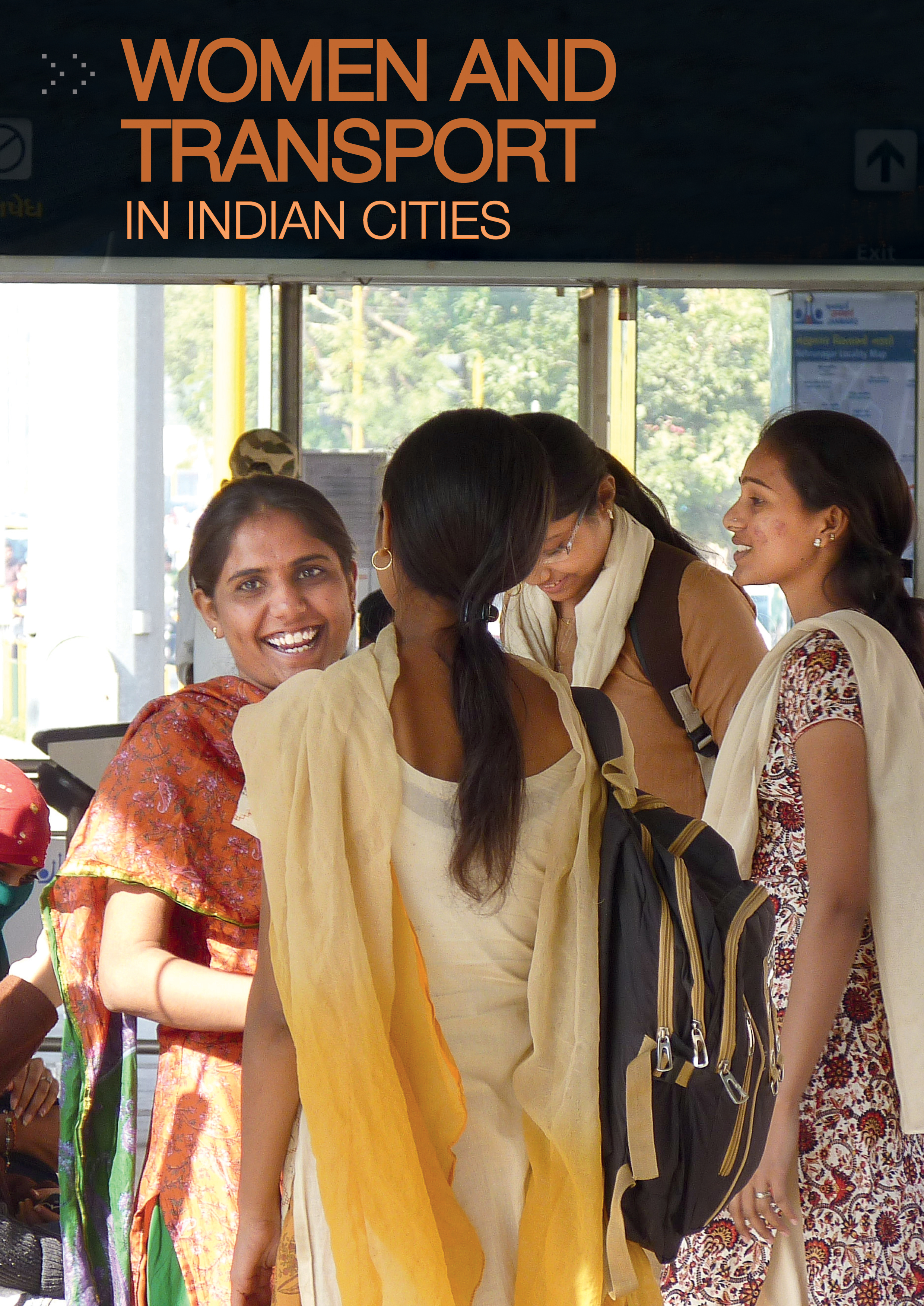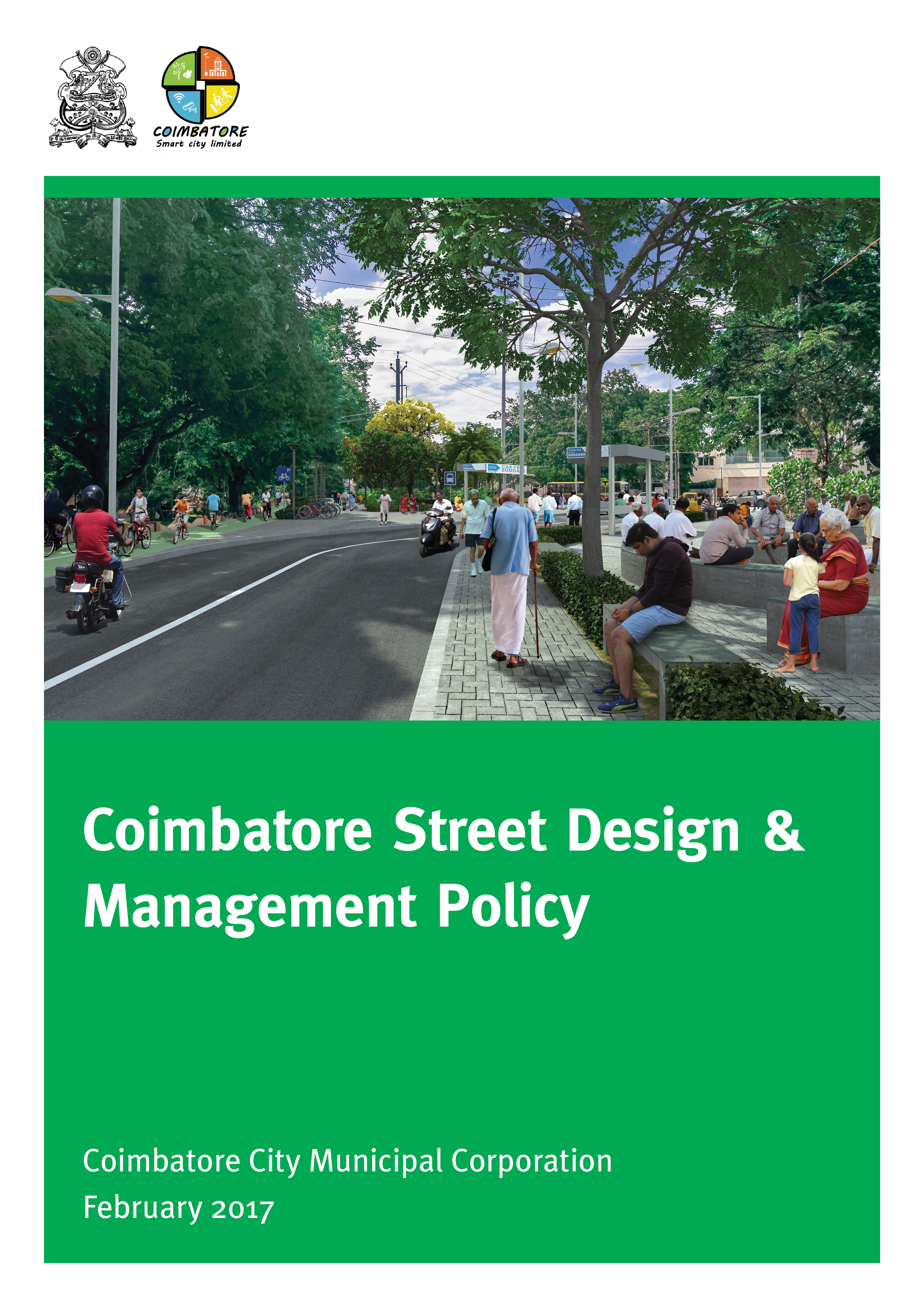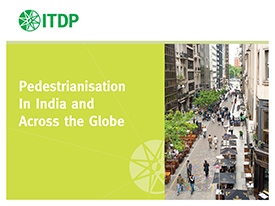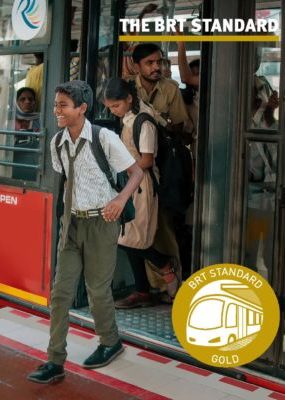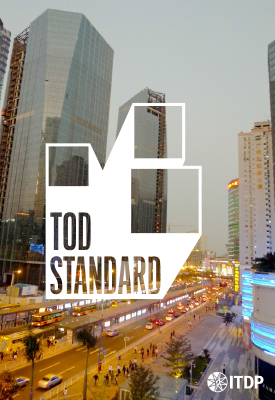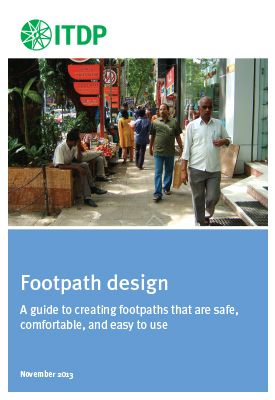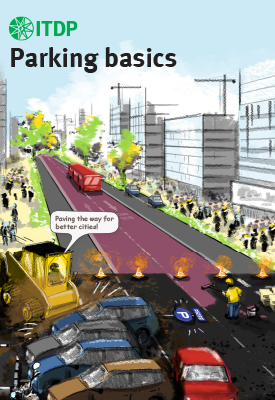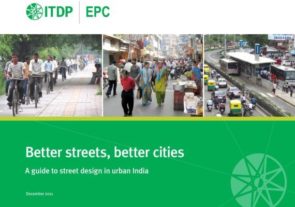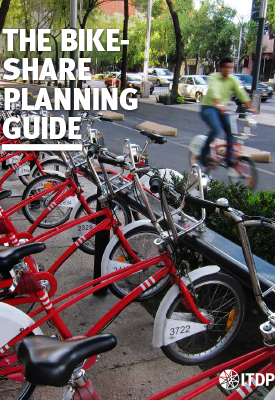The performance of urban transport services places different burdens on women and men, with the costs of poor public transport often being borne by women. Safe, comfortable, convenient and affordable transport can play an important role in not only helping meet women’s practical needs such as access to schools and markets, but also in contributing to their strategic empowerment by facilitating access to social and economic opportunities.
While there is momentum by different levels of government in addressing women’s safety in public transport, urban transport investments are largely gender blind with a limited understanding of the interrelationships between gender and transport inequities. Sustainable urban development will remain elusive without integrating women and girls’ safety, comfort, convenience and affordability in urban transport. Addressing this, and as a first of its kind, a paper on Women and Transport in Indian Cities was created by ITDP India Programme and Safetipin.
This paper outlines the broad issues faced by women and girls when using or accessing urban transport, and recommends key measures to enable equitable access. The brief recommends gender responsive indicators, service level benchmarks and guidelines for comprehensive/green mobility plans as well as walking, cycling, public and intermediate public transport.




